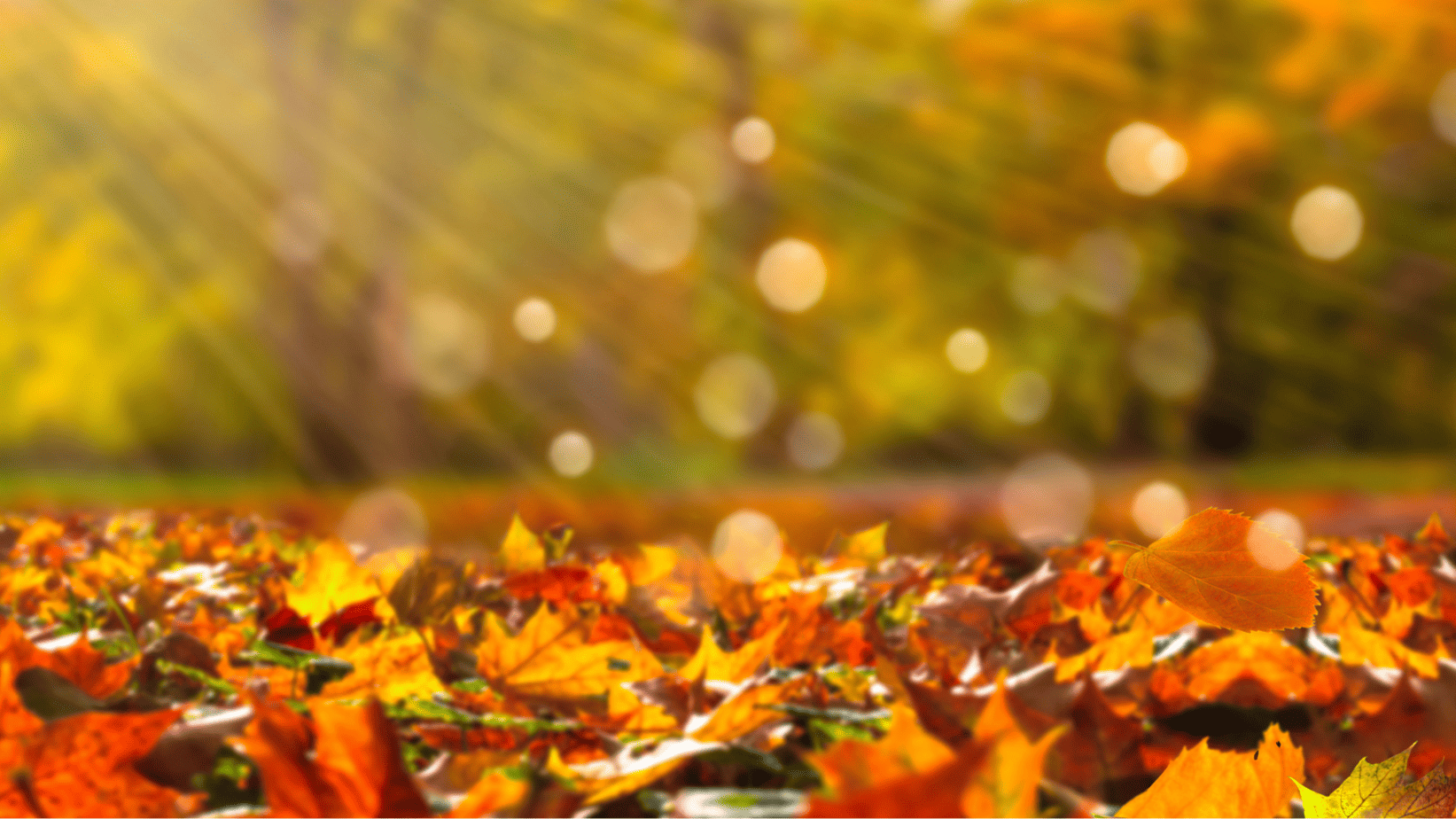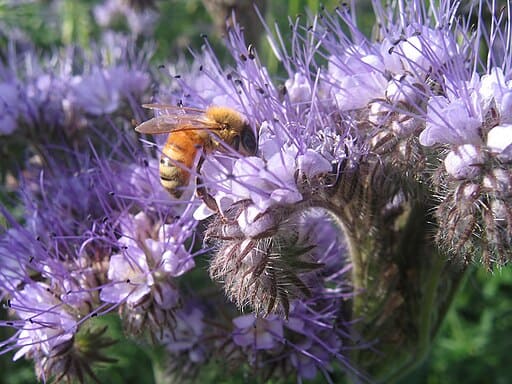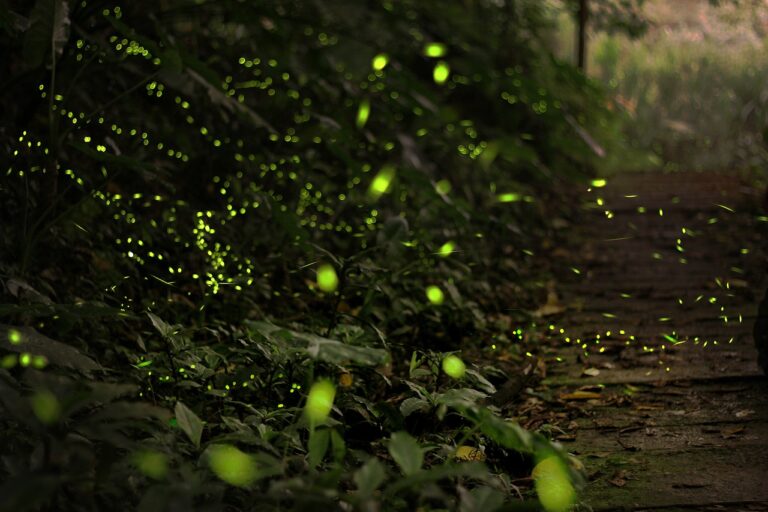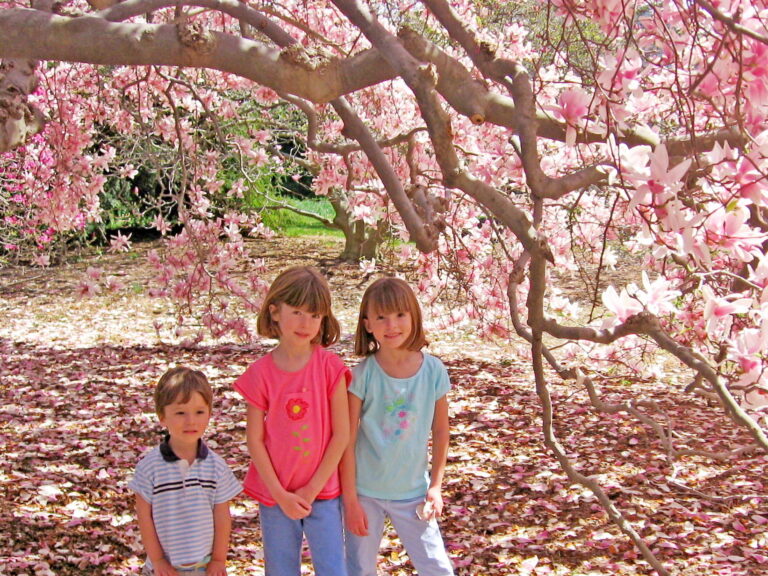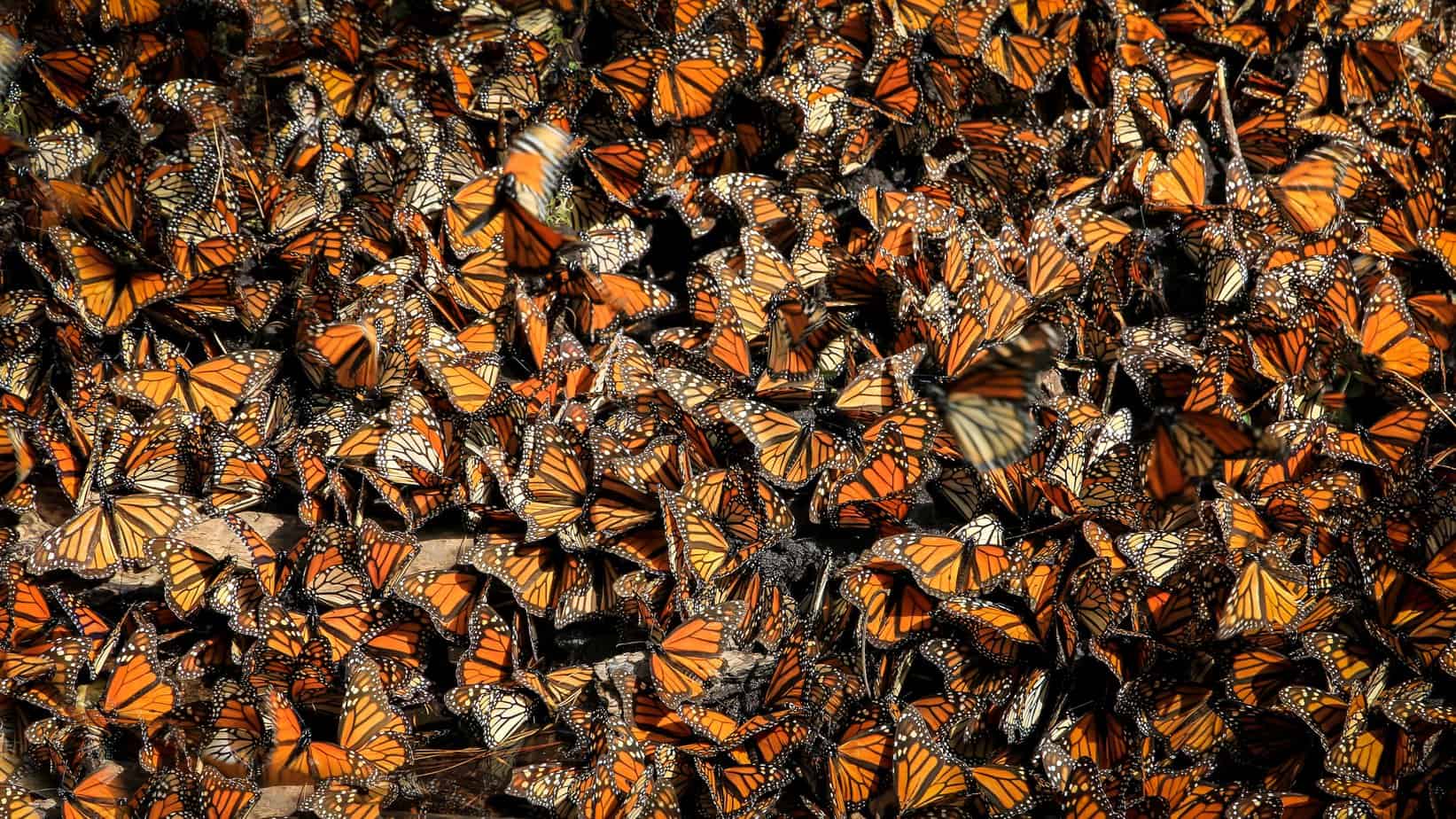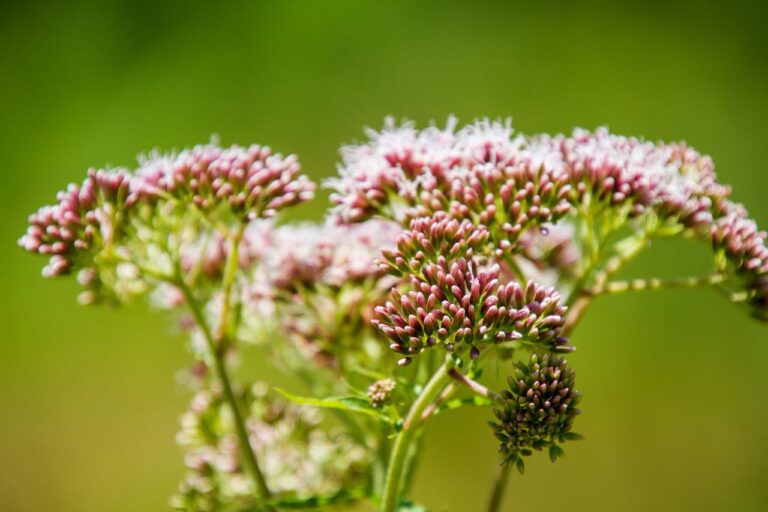Leave The Leaves and Watch your Garden Thrive!
Autumn, with its crisp air and vibrant foliage, is a season many of us eagerly anticipate. However, it’s also the time when trees shed their leaves, leading homeowners to reach for rakes, blowers, and bags. But what if I told you that this fall ritual of leaf removal might not be as necessary as you think? In fact, leaving your leaves in your yard can have remarkable ecological benefits. Let’s explore why you and your family might want to reconsider that rake.
Support Biodiversity
Leaves provide essential winter shelter for various wildlife. While monarch butterflies migrate, most other butterflies, moths, and insects overwinter as eggs, caterpillars, chrysalises, or adults. These tiny creatures often rely on leaf litter for insulation against the cold and to be safeguarded from predators. The great spangled fritillary and woolly bear caterpillars are two examples.
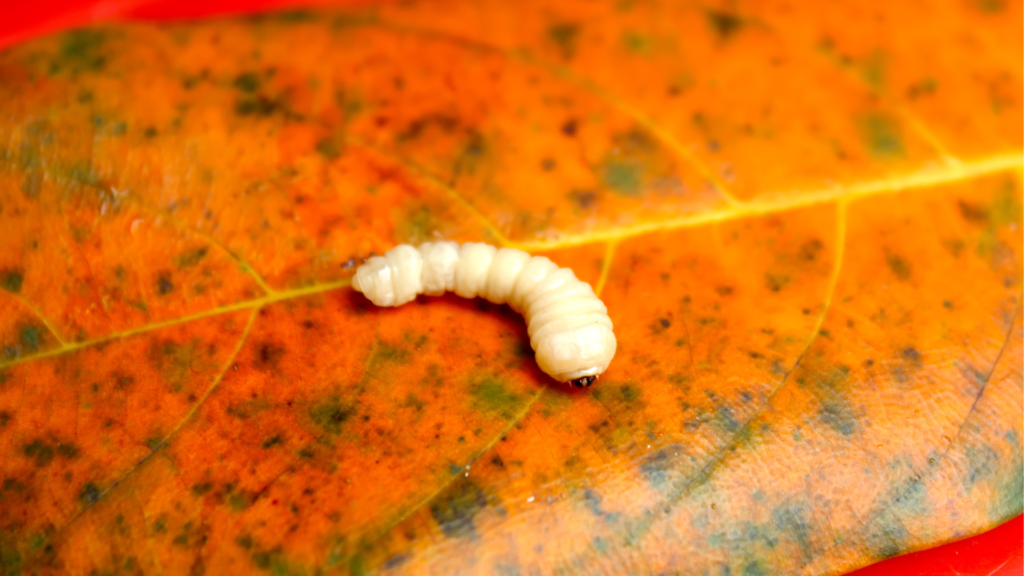
Benefit Bees
It’s not just butterflies that benefit; bumblebees, too, rely on leaf litter for protection. Mated queen bumblebees burrow just a few inches into the ground for winter hibernation. A thick layer of leaves offers them additional insulation against harsh weather conditions. As you leave them, you’re inadvertently providing vital winter homes for these essential pollinators.
Provide a Hidden Habitat
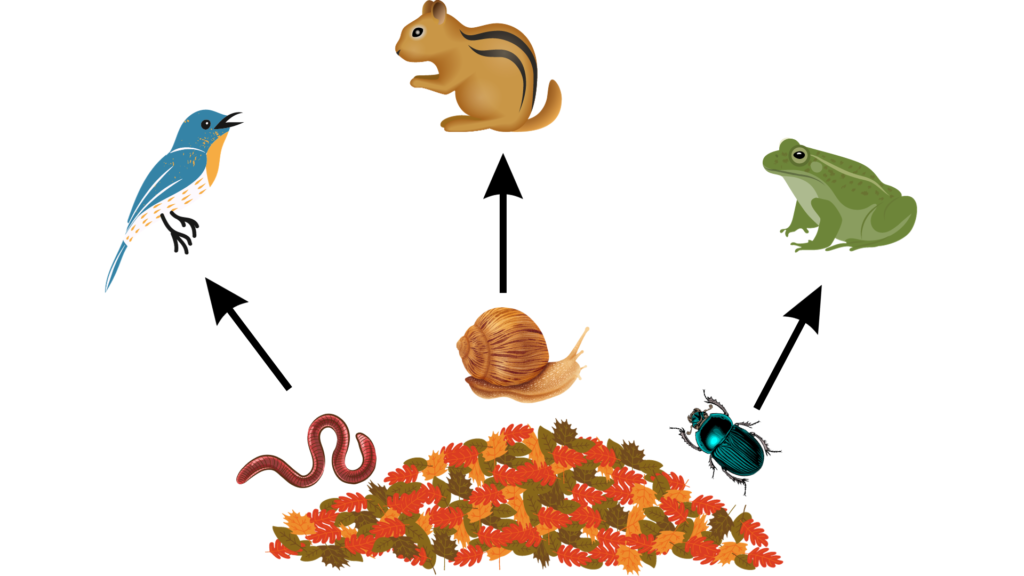
Fallen leaves are more than just insulation; they are thriving habitats. Countless invertebrates like worms, snails, beetles, millipedes, spiders, and mites find refuge in this natural cover. These creatures, in turn, support birds, chipmunks, frogs, and turtle that rely on them for food. In essence, by leaving your leaves, you’re creating a bustling ecosystem right in your yard.
Reduce your Lawn Size
One common reason for removing leaves is the fear that they’ll smother your lawn. While this might be a concern, it’s important to reconsider the role of your lawn in the ecosystem. Lawns, especially vast expanses of manicured turf, are often ecological deserts. They offer little in terms of habitat or sustenance for wildlife. Instead of prioritizing a pristine lawn, consider reducing its size. Plant native species or wildlife-friendly alternatives that can support biodiversity. Read our blog post on milkweed plants for inspiration or plant your own milkweed garden, using our freebie as a guide.
Shred or Don’t Shred?
Some gardeners opt for shredding leaves for compost, which is a commendable practice. Shredded leaves decompose faster and enrich your garden soil. However, be mindful of over-shredding, which can harm small creatures residing within the leaves. It’s best to leave some leaves whole, especially around the edges of your garden and beneath trees.
Gain Free Mulch and Fertilizer
Leaving your leaves acts as a natural form of mulch. Fallen leaves suppress weed growth and help maintain soil moisture. They offer similar benefits to commercial wood mulch, but the best part? They’re entirely free. Instead of spending money on mulch, consider letting your leaves serve this purpose.
Enhance Soil Health
Leaves are packed with organic matter, which is a boon for your garden’s soil health. As they decay, they enrich the soil with valuable nutrients, reducing the need for synthetic fertilizers. Microorganisms in the soil thrive on this organic matter, creating healthier, more fertile ground for your plants.
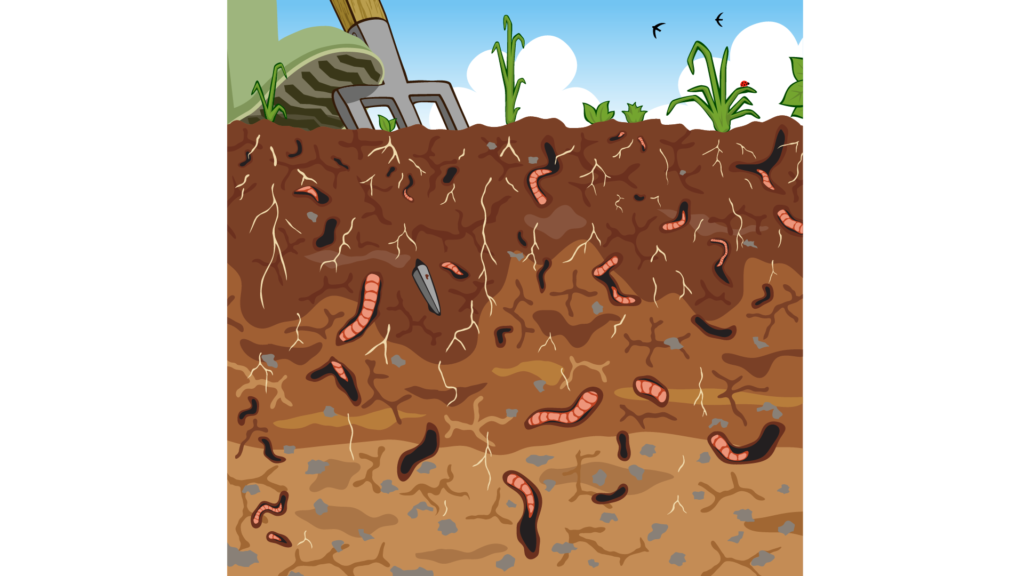
Reduce, Reuse, Recycle
When you bag leaves and send them to the landfill, you’re contributing to waste and potentially harmful methane emissions. Composting them at home or using municipal recycling programs is a far more eco-friendly approach. Some communities even offer curbside leaf pickup for municipal composting. By doing so, you’re participating in a cycle of recycling and reducing your environmental impact.
Embrace an Eco-Friendly Yard
Leaving your leaves in your yard during the fall isn’t laziness; it’s a conscious choice to support biodiversity, reduce waste, and promote healthier soil. By adopting this practice, you’re setting a good example for your kids of how to nurture a thriving ecosystem right in your backyard and create a more sustainable, low-maintenance landscape. Watch this short video to inspire you and embrace the beauty of fallen leaves!
Reference: (ChatGPT, personal communication, September 14, 2023)

